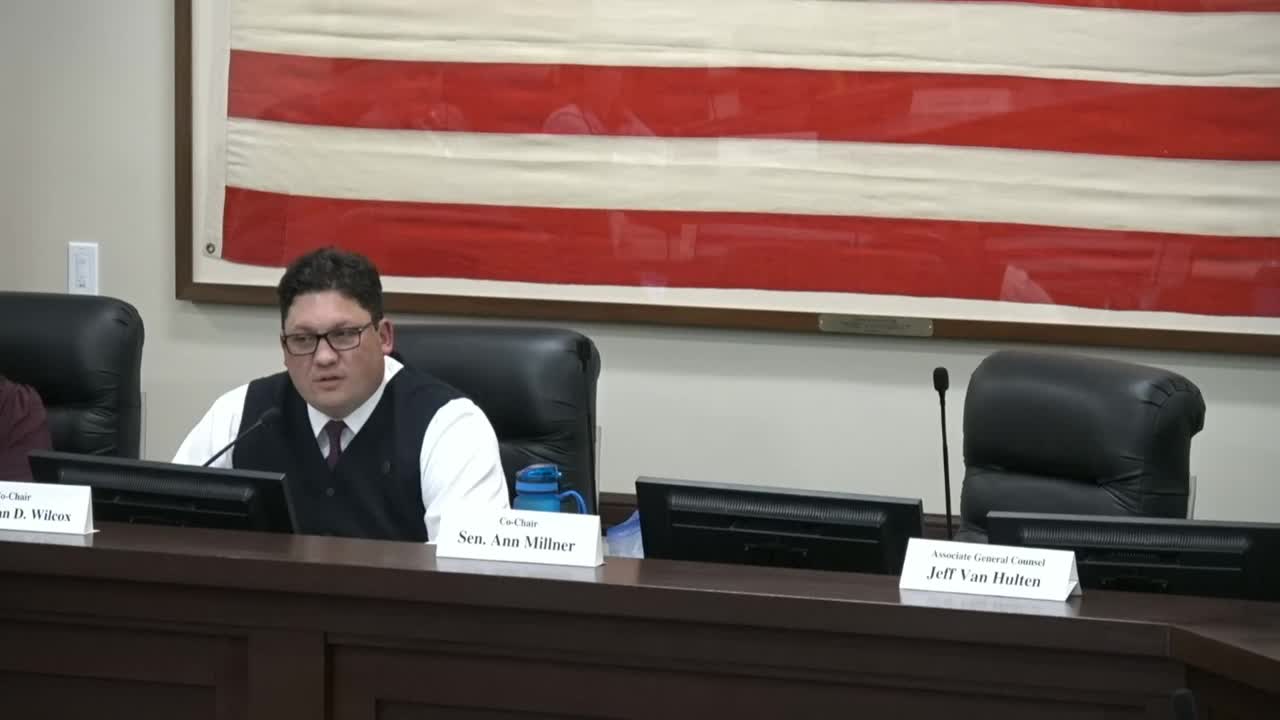Task force pushes for urgent school safety reforms
September 16, 2024 | Utah Interim, Utah Legislative Branch, Utah
This article was created by AI summarizing key points discussed. AI makes mistakes, so for full details and context, please refer to the video of the full meeting. Please report any errors so we can fix them. Report an error »

In a recent government meeting, officials discussed critical insights and lessons learned from ongoing investigations into school safety incidents, particularly focusing on a recent shooting in Georgia. The conversation highlighted the importance of proactive measures, including intelligence gathering and threat assessment, to prevent potential tragedies.
One official recounted a visit to Georgia, where discussions with local trainers emphasized the need for streamlined processes in emergency response. The aim is to eliminate bureaucratic obstacles that can hinder timely action during crises. The official underscored that the ultimate goal is to prevent unnecessary loss of life and injury, reiterating the commitment to improving safety protocols.
The meeting also addressed the significance of early warning systems, with representatives noting that a majority of school shooters exhibit warning signs prior to incidents. The need for effective communication channels to relay critical information was deemed essential for timely intervention. A recent incident in Utah was cited as a successful example of how threats can be managed before escalating into violence.
Technology's role in enhancing school safety was a recurring theme. Officials discussed the potential for advanced weapon detection systems that could be implemented in schools, akin to security measures used in airports and large venues. This proactive approach aims to prevent weapons from entering school premises, thereby reducing the risk of violence.
The SafeUT program, designed to provide students with resources for reporting threats, was praised for its effectiveness in facilitating communication and ensuring safety protocols are followed. However, officials acknowledged the need for greater awareness and education about such resources among students and parents.
Overall, the meeting underscored a collective commitment to enhancing school safety through improved communication, advanced technology, and proactive threat management strategies. As officials prepare for further discussions and site visits, the focus remains on learning from past incidents to create a safer environment for students across the state.
One official recounted a visit to Georgia, where discussions with local trainers emphasized the need for streamlined processes in emergency response. The aim is to eliminate bureaucratic obstacles that can hinder timely action during crises. The official underscored that the ultimate goal is to prevent unnecessary loss of life and injury, reiterating the commitment to improving safety protocols.
The meeting also addressed the significance of early warning systems, with representatives noting that a majority of school shooters exhibit warning signs prior to incidents. The need for effective communication channels to relay critical information was deemed essential for timely intervention. A recent incident in Utah was cited as a successful example of how threats can be managed before escalating into violence.
Technology's role in enhancing school safety was a recurring theme. Officials discussed the potential for advanced weapon detection systems that could be implemented in schools, akin to security measures used in airports and large venues. This proactive approach aims to prevent weapons from entering school premises, thereby reducing the risk of violence.
The SafeUT program, designed to provide students with resources for reporting threats, was praised for its effectiveness in facilitating communication and ensuring safety protocols are followed. However, officials acknowledged the need for greater awareness and education about such resources among students and parents.
Overall, the meeting underscored a collective commitment to enhancing school safety through improved communication, advanced technology, and proactive threat management strategies. As officials prepare for further discussions and site visits, the focus remains on learning from past incidents to create a safer environment for students across the state.
View full meeting
This article is based on a recent meeting—watch the full video and explore the complete transcript for deeper insights into the discussion.
View full meeting

